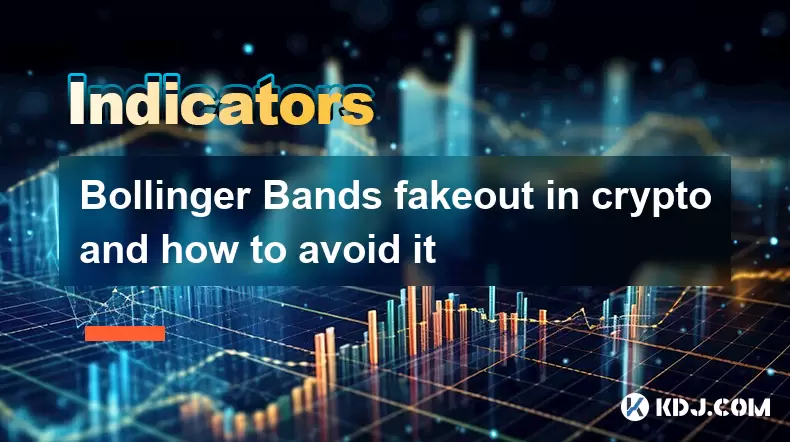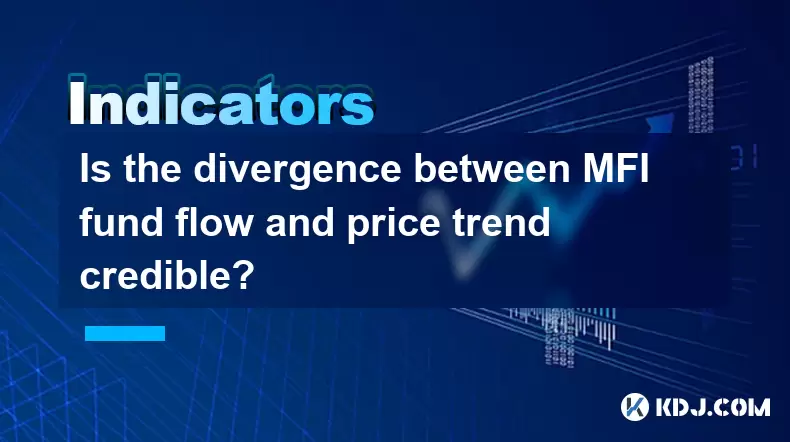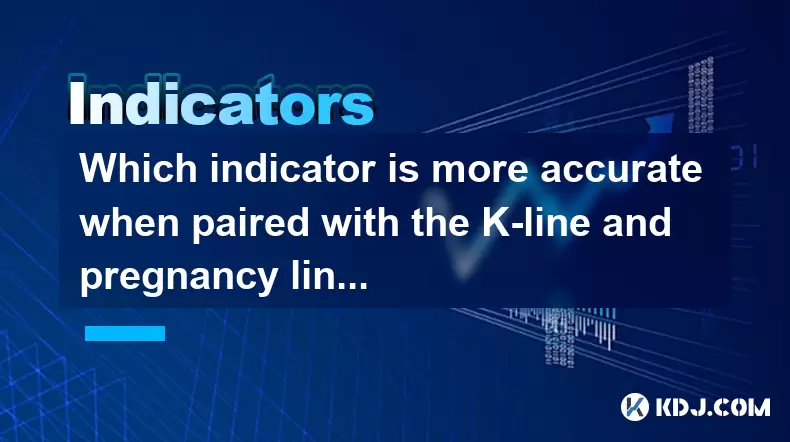-
 Bitcoin
Bitcoin $119300
1.07% -
 Ethereum
Ethereum $3730
3.87% -
 XRP
XRP $3.235
0.29% -
 Tether USDt
Tether USDt $1.000
0.00% -
 BNB
BNB $783.5
1.88% -
 Solana
Solana $188.7
0.25% -
 USDC
USDC $0.0000
-0.01% -
 Dogecoin
Dogecoin $0.2399
-0.44% -
 TRON
TRON $0.3157
2.37% -
 Cardano
Cardano $0.8254
1.94% -
 Hyperliquid
Hyperliquid $42.83
0.14% -
 Stellar
Stellar $0.4372
3.21% -
 Sui
Sui $3.859
4.91% -
 Chainlink
Chainlink $18.53
3.53% -
 Hedera
Hedera $0.2464
0.01% -
 Bitcoin Cash
Bitcoin Cash $519.8
2.46% -
 Avalanche
Avalanche $24.24
2.17% -
 Litecoin
Litecoin $113.7
0.73% -
 UNUS SED LEO
UNUS SED LEO $8.990
0.30% -
 Shiba Inu
Shiba Inu $0.00001390
0.21% -
 Toncoin
Toncoin $3.188
1.49% -
 Ethena USDe
Ethena USDe $1.001
0.02% -
 Polkadot
Polkadot $4.090
-0.91% -
 Uniswap
Uniswap $10.40
4.08% -
 Monero
Monero $326.6
3.12% -
 Bitget Token
Bitget Token $4.627
-0.42% -
 Pepe
Pepe $0.00001281
0.76% -
 Dai
Dai $1.000
0.01% -
 Aave
Aave $291.6
0.98% -
 Cronos
Cronos $0.1269
7.26%
Bollinger Bands fakeout in crypto and how to avoid it
Bollinger Bands help crypto traders spot overbought or oversold levels, but fakeouts—where price briefly breaks the bands before reversing—can lead to misleading signals and losses.
Jul 13, 2025 at 01:21 am

Understanding Bollinger Bands in Cryptocurrency Trading
Bollinger Bands are a widely used technical analysis tool among cryptocurrency traders. Developed by John Bollinger, this indicator consists of three lines: a simple moving average (SMA), typically set at 20 periods, and two standard deviation bands above and below the SMA. These bands expand and contract based on market volatility, making them particularly useful in the highly volatile crypto markets.
In the context of cryptocurrencies like Bitcoin, Ethereum, or altcoins, Bollinger Bands help identify potential overbought or oversold conditions. When price touches or moves outside the upper band, it may signal overbought territory, while touching or breaking the lower band could indicate oversold levels. However, due to the speculative nature of crypto assets, these signals can often be misleading — especially when fakeouts occur.
What Is a Bollinger Band Fakeout?
A fakeout occurs when the price briefly breaks through one of the Bollinger Bands, giving the impression of a strong move in that direction, only for the price to reverse quickly. This phenomenon can trap traders who act on the initial breakout without confirming the trend's sustainability.
For example, during a bullish fakeout, the price might spike above the upper band, prompting traders to enter long positions expecting further upward momentum. Instead, the price reverses sharply, leading to losses. Similarly, a bearish fakeout happens when the price dips below the lower band, triggering short entries that result in losses as the market rebounds.
These fakeouts are common in crypto due to high volatility, low liquidity in certain coins, and algorithmic trading strategies designed to trigger stop-loss orders.
Why Do Bollinger Band Fakeouts Happen in Crypto Markets?
Several factors contribute to Bollinger Band fakeouts in cryptocurrency trading:
- High Volatility: Crypto markets are known for sudden and sharp price swings. Bollinger Bands adjust dynamically to volatility, but rapid movements can cause false breakouts.
- Liquidity Gaps: Smaller-cap cryptocurrencies often suffer from poor liquidity. In such cases, a small volume of trades can push the price far beyond the bands temporarily.
- Market Manipulation: Whales and institutional players sometimes create artificial price spikes to trigger retail traders' stop-loss orders before reversing the trend.
- Algorithmic Trading: Automated bots can exploit predictable patterns around technical indicators like Bollinger Bands, causing short-lived breakouts.
Recognizing these factors is essential to avoid falling into the trap of acting on unconfirmed signals.
How to Identify a Potential Bollinger Band Fakeout
To distinguish between a genuine breakout and a fakeout, traders should look for additional confirmation signals:
- Volume Analysis: A real breakout usually coincides with a surge in trading volume. If the price breaks out of a Bollinger Band but volume remains flat or decreases, it may be a fakeout.
- Candlestick Patterns: Certain candlestick formations, such as doji or pin bars near the bands, can suggest indecision or rejection of the breakout level.
- Price Rejection: Observe whether the price closes back within the bands after a breakout. If it does, it’s likely a fakeout.
- Multiple Timeframe Confirmation: Checking higher timeframes (e.g., 1-hour or 4-hour charts) can provide more reliable context for a breakout seen on shorter intervals like 5-minute or 15-minute charts.
By incorporating these tools, traders can better assess whether a Bollinger Band breakout is worth acting upon or if it’s just a deceptive move.
Strategies to Avoid Bollinger Band Fakeouts in Crypto Trading
Avoiding fakeouts requires a combination of discipline, strategy, and technical confluence. Here are some practical steps:
- Use price action confirmation before entering a trade. Wait for a candle to close outside the band rather than reacting immediately to a touch or partial breakout.
- Combine Bollinger Bands with other indicators like RSI (Relative Strength Index) or MACD (Moving Average Convergence Divergence) to filter out false signals.
- Set tight stop-loss orders to minimize risk in case of a quick reversal.
- Employ trend filters such as moving averages or trendlines to ensure you're trading in the direction of the overall trend.
- Consider waiting for retests of broken levels. If the price breaks above the upper band and then retests it as support, that can offer a safer entry point.
Each of these methods contributes to building a robust framework that helps reduce the impact of fakeouts on your trading performance.
Frequently Asked Questions
Q: Can Bollinger Bands be used alone in crypto trading?
While Bollinger Bands are powerful, relying solely on them can lead to misinterpretations, especially in fast-moving crypto markets. Combining them with volume indicators, candlestick patterns, or oscillators improves accuracy.
Q: What timeframes work best with Bollinger Bands in crypto?
The default setting of 20 periods works well across various timeframes. Short-term traders often use 5-minute or 15-minute charts, while longer-term traders prefer 1-hour or daily charts. Always align the timeframe with your trading strategy.
Q: How do I know if a breakout is not a fakeout?
Look for signs like increased volume, multiple candles closing beyond the band, and alignment with broader market trends. Also, check higher timeframes for confirmation.
Q: Are fakeouts more common in specific cryptocurrencies?
Yes, smaller-cap altcoins with lower liquidity are more prone to fakeouts due to less stable order books and higher susceptibility to manipulation. Major cryptocurrencies like Bitcoin and Ethereum tend to have fewer false signals due to higher liquidity and institutional participation.
Disclaimer:info@kdj.com
The information provided is not trading advice. kdj.com does not assume any responsibility for any investments made based on the information provided in this article. Cryptocurrencies are highly volatile and it is highly recommended that you invest with caution after thorough research!
If you believe that the content used on this website infringes your copyright, please contact us immediately (info@kdj.com) and we will delete it promptly.
- Bitcoin, Jim Cramer, and the US Deficit: A Wall Street Story
- 2025-07-25 10:30:11
- TGEs, Scalability & Privacy Tech: Decoding the Future of Blockchain
- 2025-07-25 10:30:11
- Ben Askren, FUNKY Memecoin, and the Fallout: A New York Minute
- 2025-07-25 10:50:11
- TRON, Crypto Payroll, and Stablecoins: A New York Minute on the Future of Finance
- 2025-07-25 08:30:11
- WazirX, Revote, and Crypto Unlock: A New York Minute on the Latest Developments
- 2025-07-25 06:50:11
- Hong Kong Stablecoin Regulation: Navigating the Hype and Hurdles
- 2025-07-25 08:30:11
Related knowledge

Is the divergence between MFI fund flow and price trend credible?
Jul 25,2025 at 12:01pm
Understanding MFI and Fund Flow in Cryptocurrency MarketsThe Money Flow Index (MFI) is a technical oscillator that combines price and volume to assess...

Should I go all in when DIF crosses DEA?
Jul 25,2025 at 12:42am
Understanding DIF and DEA in MACD AnalysisWhen traders analyze DIF and DEA in the context of the Moving Average Convergence Divergence (MACD) indicato...

Should I go all in when the upper edge of the box is broken?
Jul 25,2025 at 01:50am
Understanding the 'Box' in Cryptocurrency Price ChartsThe term 'box' in cryptocurrency trading typically refers to a price consolidation range where t...

Should I go all in when the parabolic turning signal appears?
Jul 25,2025 at 06:36am
Understanding the Parabolic Turning Signal in Crypto TradingThe parabolic turning signal is a technical indicator derived from the Parabolic SAR (Stop...

Should I follow up with a full position when the trading volume suddenly increases?
Jul 25,2025 at 12:28am
Understanding Sudden Increases in Trading VolumeA sudden spike in trading volume often signals heightened market activity and can indicate that new in...

Which indicator is more accurate when paired with the K-line and pregnancy line combination?
Jul 25,2025 at 05:43am
Understanding the K-Line and Pregnancy Line CombinationThe K-line, also known as the Japanese candlestick chart, is a foundational tool in technical a...

Is the divergence between MFI fund flow and price trend credible?
Jul 25,2025 at 12:01pm
Understanding MFI and Fund Flow in Cryptocurrency MarketsThe Money Flow Index (MFI) is a technical oscillator that combines price and volume to assess...

Should I go all in when DIF crosses DEA?
Jul 25,2025 at 12:42am
Understanding DIF and DEA in MACD AnalysisWhen traders analyze DIF and DEA in the context of the Moving Average Convergence Divergence (MACD) indicato...

Should I go all in when the upper edge of the box is broken?
Jul 25,2025 at 01:50am
Understanding the 'Box' in Cryptocurrency Price ChartsThe term 'box' in cryptocurrency trading typically refers to a price consolidation range where t...

Should I go all in when the parabolic turning signal appears?
Jul 25,2025 at 06:36am
Understanding the Parabolic Turning Signal in Crypto TradingThe parabolic turning signal is a technical indicator derived from the Parabolic SAR (Stop...

Should I follow up with a full position when the trading volume suddenly increases?
Jul 25,2025 at 12:28am
Understanding Sudden Increases in Trading VolumeA sudden spike in trading volume often signals heightened market activity and can indicate that new in...

Which indicator is more accurate when paired with the K-line and pregnancy line combination?
Jul 25,2025 at 05:43am
Understanding the K-Line and Pregnancy Line CombinationThe K-line, also known as the Japanese candlestick chart, is a foundational tool in technical a...
See all articles

























































































